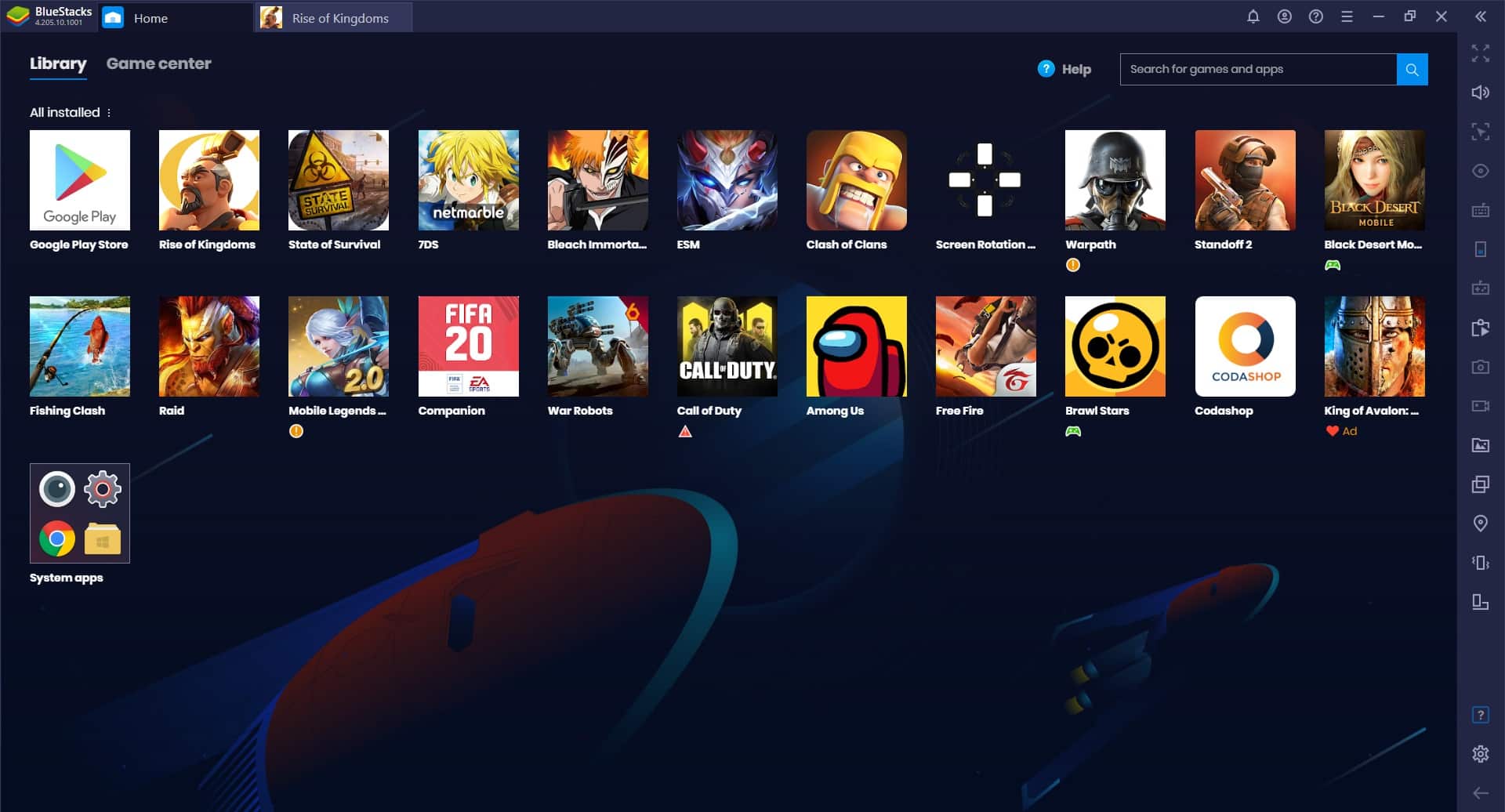

The steps outlined above are similar to creating a macOS Big Sur ISO file, except you don’t convert the DMG file to a CDR / ISO. Now, move the macOS Big Sur DMG file to the user desktop for easy access:Īt this point you’ll have the MacOSBigSur.dmg disk image file on the current users desktop, and you can do with it what you want, whether that’s to import it into a VM, creating a boot utility, or whatever else you’re looking to do.Unmount the newly created volume with the following command:.Sudo /Applications/Install\ macOS\ Big\ Sur.app/Contents/Resources/createinstallmedia -volume /Volumes/MacOSBigSur -nointeraction Next, use createinstallmedia utility to copy the installer files to the disk image DMG file you just created:.

Hdiutil attach /tmp/MacOSBigSur.dmg -noverify -mountpoint /Volumes/MacOSBigSur Mount the disk image with the following command:.Hdiutil create -o /tmp/MacOSBigSur -size 16500m -volname MacOSBigSur -layout SPUD -fs HFS+J From the command line, create the disk image DMG file destination and temporary volume by issuing the following command:.When the download has finished, open the Terminal application.

If you’re already on macOS Big Sur you can re-download the installer with these instructions)



 0 kommentar(er)
0 kommentar(er)
